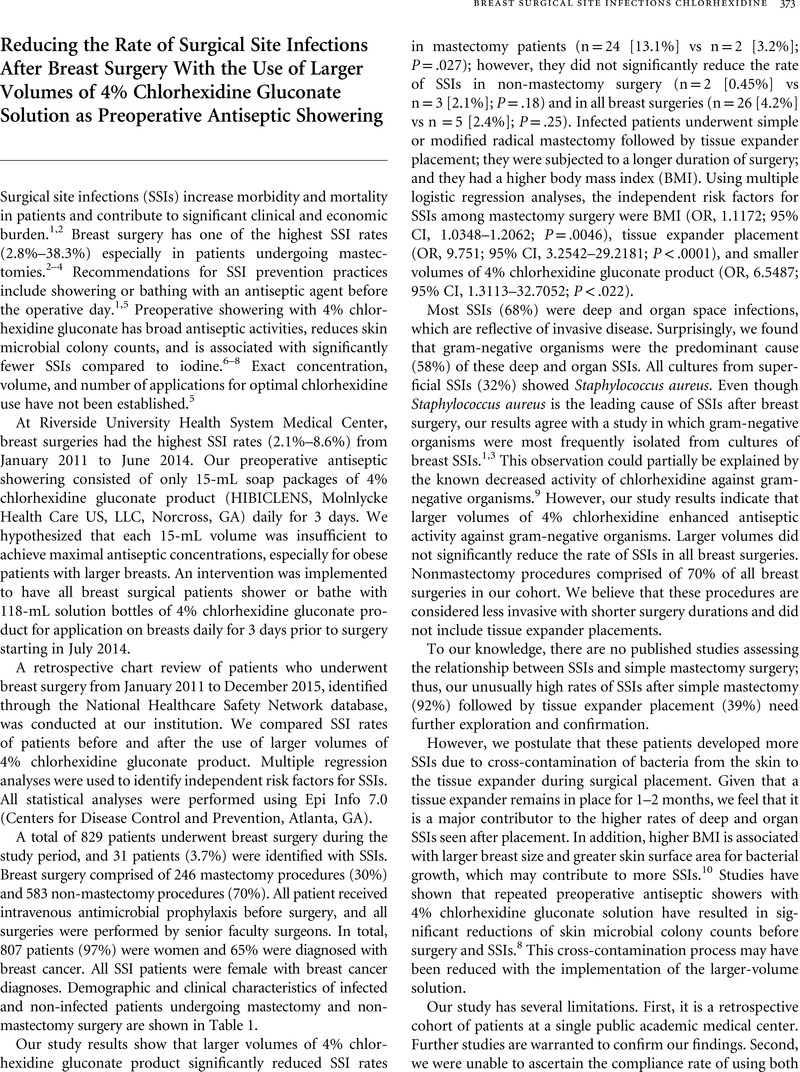Crossref Citations
This article has been cited by the following publications. This list is generated based on data provided by Crossref.
deKay, Karen
and
Wright, Renae
2021.
Clinical Issues—June 2021.
AORN Journal,
Vol. 113,
Issue. 6,
p.
645.
Last updated 27/06/24: Online ordering is currently unavailable due to technical issues. We apologise for any delays responding to customers while we resolve this. For further updates please visit our website: https://www.cambridge.org/news-and-insights/technical-incident

Published online by Cambridge University Press: 05 January 2017
